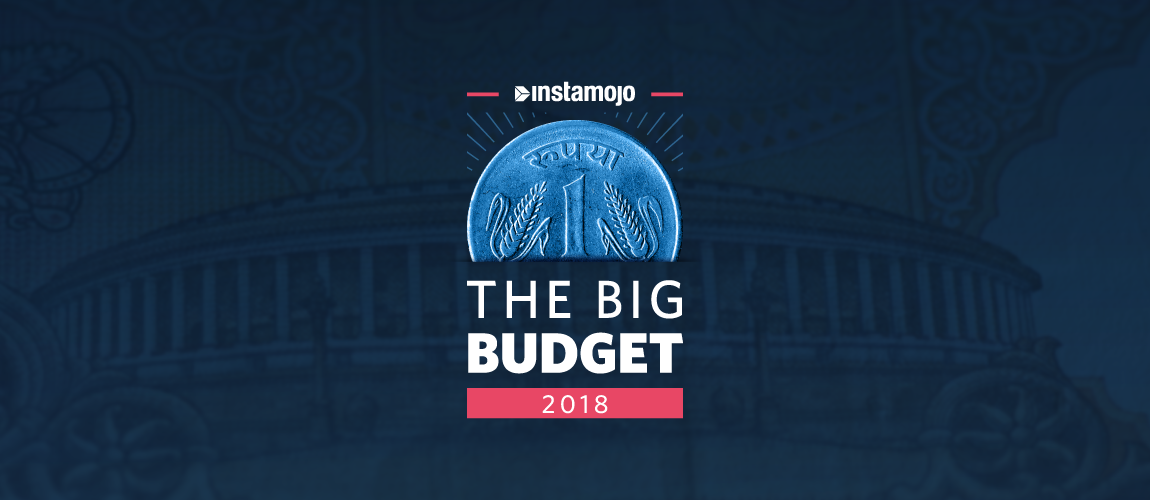The Union Budget 2018 is around the corner. On February 01, 2018, Finance Minister Arun Jaitley will present the much awaited annual budget to the country. What will the budget have for the MSME sector? Will micro and small businesses get special incentives? Here are a few things SMEs can expect from the Union Budget 2018.
The budget 2018 is important because this is the first budget after the GST (Goods and Services Tax) implementation. It comes at a time when the government is trying to fix GST rates and make the transition smoother for the nation. Reports suggest the union budget will have 3 key takeaways for SMEs.
What to expect in the Union Budget 2018:
1. Cheaper Loans:
As the MSME segment is considered to be one of the biggest sectors for job creation, the government is planning to introduce a bunch of loan and financing schemes to help micro and small businesses start up and grow their business.
To put that into context, about 1.75 trillion loans were given out by the Pradhan Mantri Mudra Yojana in 2017. The target was to disburse 1.8 trillion loans. The small business lending market reportedly grew 13% in the last five years and is expected to accelerate in the next five.
Therefore, expect more loans to come into the market, reduced interest rates, and easier financing options. You could take a look at some easy loan options here.
2. Improve Ease of Doing Business:
The government is looking to help small businesses grow by improving the overall business climate. Experts suggest there will be a special focus on improving infrastructure and subsidies for the agriculture and manufacturing sectors.
The manufacturing sector in India grew 7.7% in 2017, according to the India Brand Equity Foundation report. The foundation also suggests (in a separate report), the total food grain production in India stood at around 273.38 million tonnes in May 2017.
Businesses in both sectors should see some sort of subsidies coming their way. Also, with GST still being a tricky area, the union budget will highly depend on the new rates.
3. Make In India to be on the forefront:
This could be a reinforcement of point number two. The government will continue to take keen interest and promote the Make In India, Skill in India, and Digital India initiatives.
The government plans on getting another 100 million Indian on the internet this year – a plan they are calling ‘BharatNet.’
The year looks like prime time to adopt the internet for business, payments and more. Do it the easy way with Instamojo. You can get started in under two minutes.


2 comments
India is an energy starved country. Without energy, transportation, water treatment and distribution, infrastructure of all sorts will be greatly diminished. Energy has to be imported and to pay for energy, India must become a net exporter and earn hard currency. Most countries will not take rupees for payment. Japan, S.Korea, Taiwan, China they progressed by becoming net exporters. USA is an exception. It can print dollar bills for export as the dollar is global trade currency. USA does not need foreign exchange.
India has a lot of wastage of grains and agricultural products due to lack of storage space. Reportedly 30% of products rot in rain or are destroyed by rodents. Building storage warehouses should recover most of this without expenditure of much foreign exchange. This can dramatically increase GDP, lower cost of living and possibly earn or save foreign exchange
It is time Indian government should pay attention on SMEs. SMEs hold a major role in the growth of business economy. With Make in India movement and the discussion of Prime Minister with Indian entrepreneurs, I expect some good policies and reforms in the favor of SMEs.